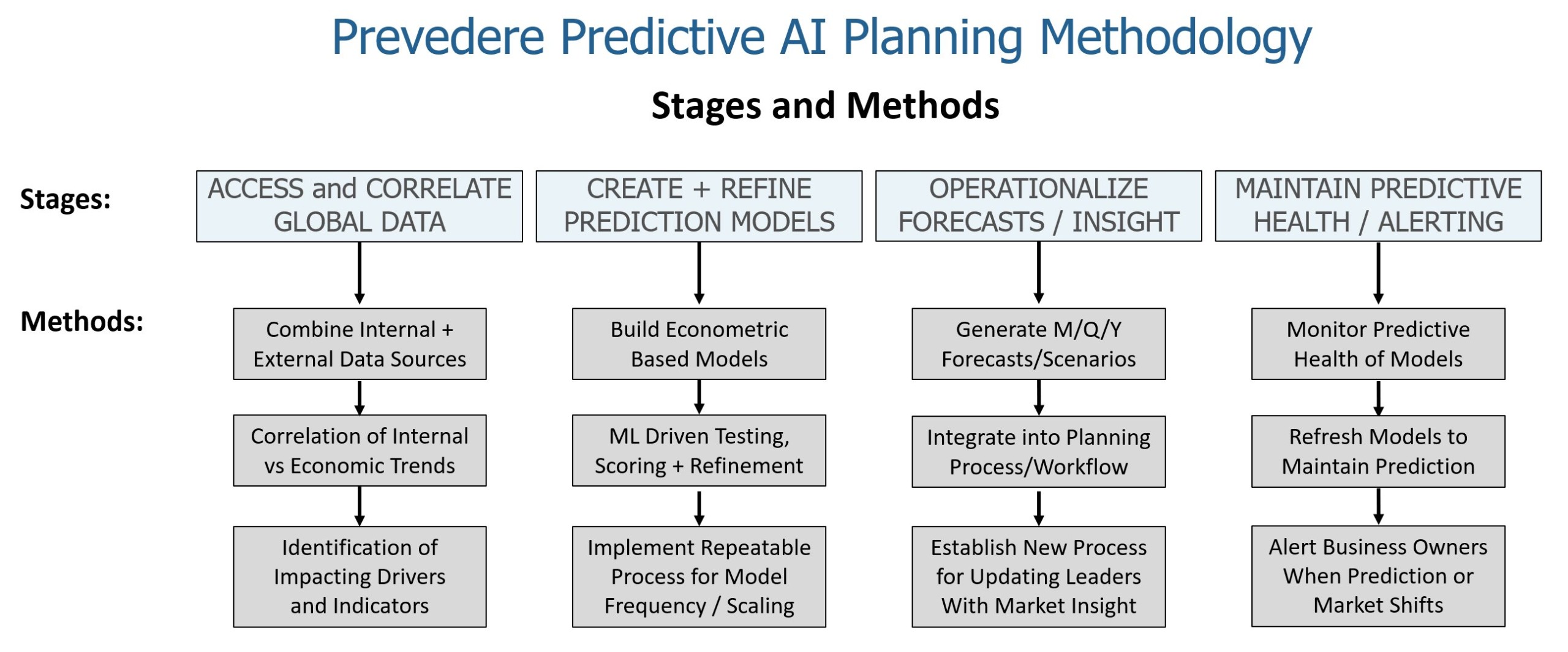Last Updated: September 10, 2021
Yes These are Unprecedented Times – We Know!
Stand back for just a moment and think about the business world we now live in. We had enjoyed 8-9 years of relatively predictable growth, able to create business strategies and operating plans based on what had happened before with reasonably high confidence that it will happen again. That has changed, and dramatically. Many of us will have experienced a recession or two, and there is plenty of data out there to show how economies recover, and how key economic indicators (e.g. inflation, employment, wages, consumer behavior, ) typically trend.
COVID has brought along a whole new level of volatility, impacting industries aggressively and unequally. B2C supply chains have been rocked by consumer behavior shifts, whether panic buying or shifting to eCommerce and delivery. B2B supply chains have also been impacted, thru worker shortages, rising material costs and distribution bottlenecks.
And who saw this coming? Maybe a couple of scientists a few years ago, but no business leaders. No predictions or plans were crafted to manage this degree of volatility, and planners are still struggling with strategy and planning.
Our Perfect Storm
Here at Prevedere we feel fortunate. For years we have been helping enterprises predict and incorporate industry, economic and behavioral activity into their planning processes. We leverage global data, correlation analysis, predictive AI and econometric modeling to create 3 month to 5 year economic baseline forecasts, economic guard rails, future market insight and growth/share projections. We help organizations like Kraft Heinz, Fedex, Dollar General and Cooper Tire become more market savvy, enabling risk mitigation, growth optimization and ‘crystal ball’ competitive foresight.
We leverage our own repository of global data from over 4 million data sets (industry trends, demographics, macroeconomics, consumer behavior, online activity, weather patterns and many more categories). Being model ready is key for organizations to develop models quickly and easily. We have seen internal data science teams try this themselves, but it really is a significant effort to figure out which external data sets to access and index. Our correlation engine does the heavy lifting in identifying which external indicators contribute the most to each of your markets (whether by geography, channel, brand or platform). Our predictive cloud then builds models from hundreds of combinations of these indicators, and our machine learning algorithms test, score and refine until the best possible model is created. Economic baseline forecasts and scenarios are then delivered to the business, and used in combination with internally generated forecasts (increasingly referred to as ‘consensus forecasts’).
Now that the business world is mired in volatility we are experiencing a major uptick in interest from CFOs, business execs and planners from a range of industries, all wanting to better understand their markets, in some way quantify future volatility, and extend their forecasting processes with economic based prediction.
The predictive AI modeling lifecycle and development process is documented here in our methodology:

Conclusion
COVID has caused forecasting misses and resourcing pains to planners around the world. Why, because it impacted things that organizations have little to no control over, namely economic trends, industry shifts and consumer behaviors. These external factors must now be incorporated into planning and strategy, or organizations will be operating with increasing go-to-market blind spots.
One of our customers, Kraft Heinz recently commented that all businesses (especially CPGs in their case) should start planning with a top down customized economic baseline forecast or scenario. Improved accuracy, little to no chance of big misses, and more economic savvy go-to-market teams are three of the benefits mentioned.
Feel free to reach out to Prevedere anytime to discuss.
Content Recommendations
- eBook – The New Norm for COVID Era Planning and Strategy
For more in-depth information related to the above post, read our latest eBook. - Case Study
Kraft Heinz Transforms its Forecasting, Planning, and Go-To-Market Strategy – Case Study.
Thanks for your time today.